Google is in the process of rolling out a new hacked page classifier which puts a notice below sites in the search listings believed to have malicious code or other hacking issues. The only problem is, many webmasters are reporting getting labeled as hacked incorrectly.
Yesterday, Google’s John Mueller acknowledged that a small number of sites are being mislabeled in the search results, which is obviously discouraging to anyone considering clicking on the link.
You can tell if your site is affected by simply searching for your site on Google and seeing if a small blue text appears below the title tag reading “This site may be hacked.” If you don’t see it, you’re in the clear. On the other hand, if you’re seeing that line it means your site has either been mislabeled or really has been hacked.
Mueller suggests having someone experienced in working with hacked sites to review your site to ensure there are no problems. If they give your site a clean bill of health, you will have to notify Google.
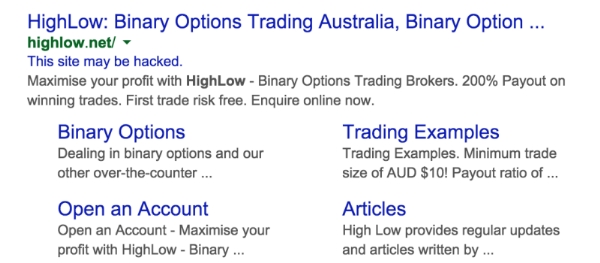
The search engine says to fill out this form if you believe your site is mislabeled as hacked. Once it is submitted, someone at Google will review it and remove the label if they also find no issues. There is no indication how long it will take Google to review your site and remove the label, especially with the number of sites reporting the problem.
For more information on resolving issues with hacked sites, see Google’s best practices.

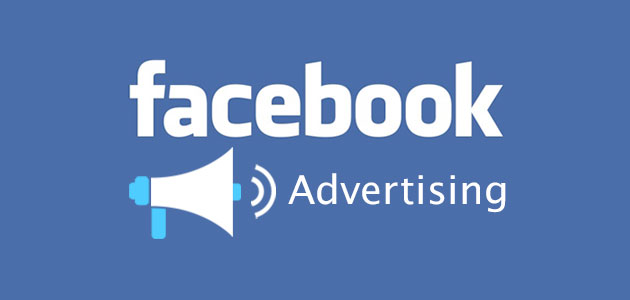
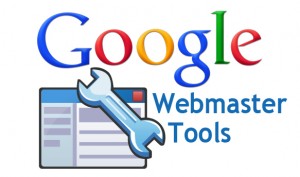 Google Webmaster Tools is usually the best friend for any webmaster trying to keep informed, but users have noticed the normally up-to-date service has not been updated in over a week.
Google Webmaster Tools is usually the best friend for any webmaster trying to keep informed, but users have noticed the normally up-to-date service has not been updated in over a week.

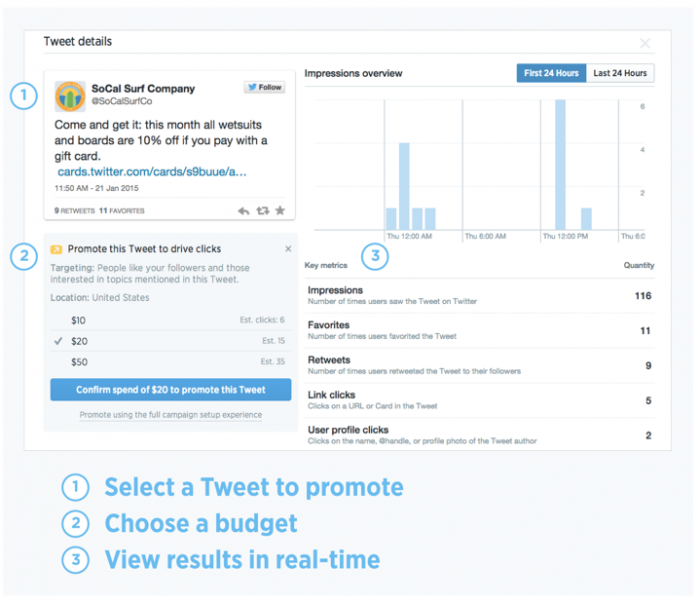

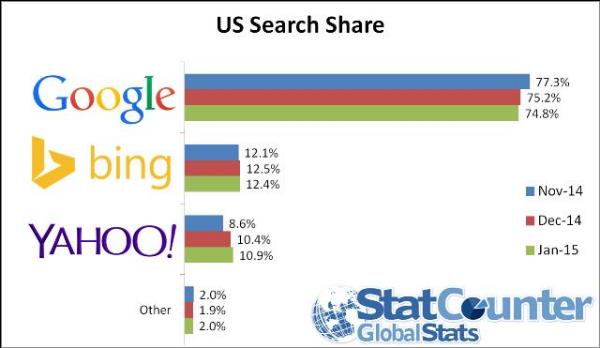
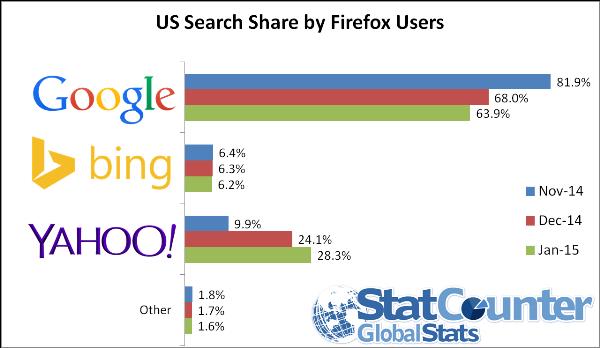
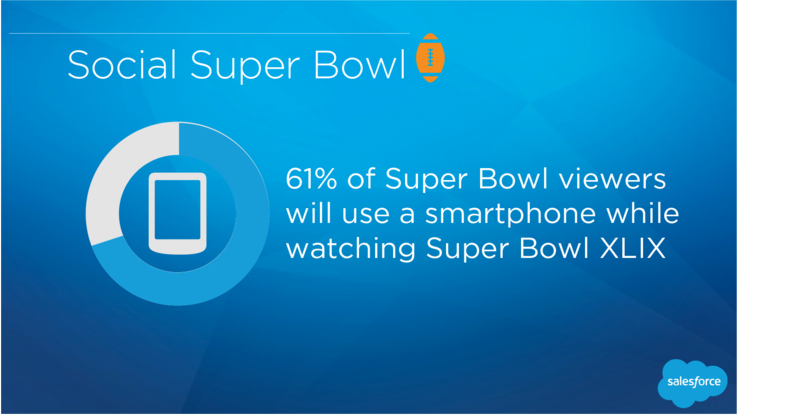
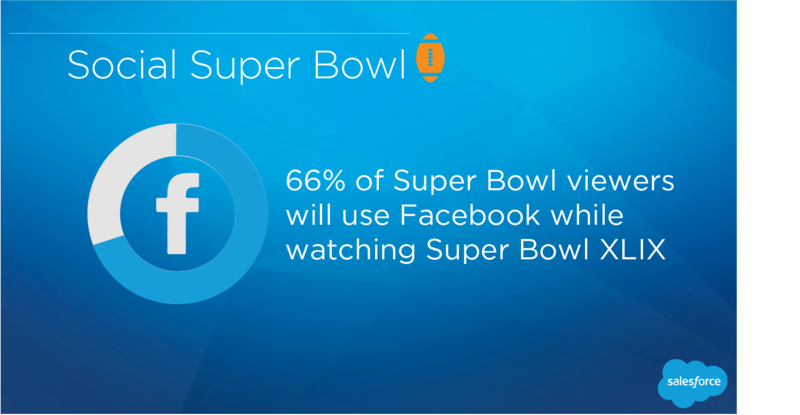
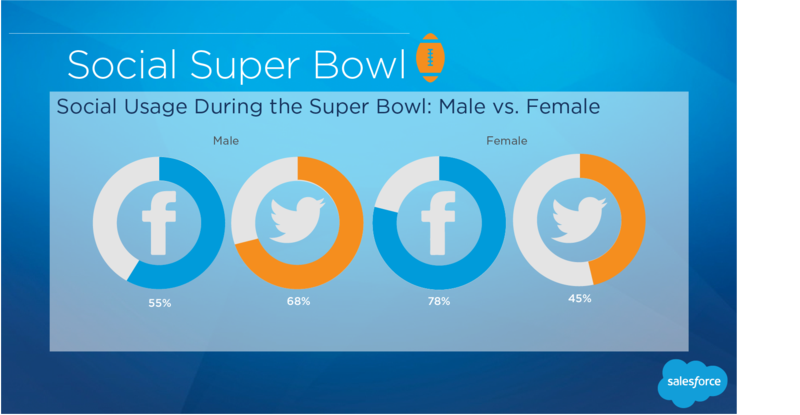
 Facebook is making it a lot easier to measure the amount of new business you get from ads on the social media site,
Facebook is making it a lot easier to measure the amount of new business you get from ads on the social media site, 

